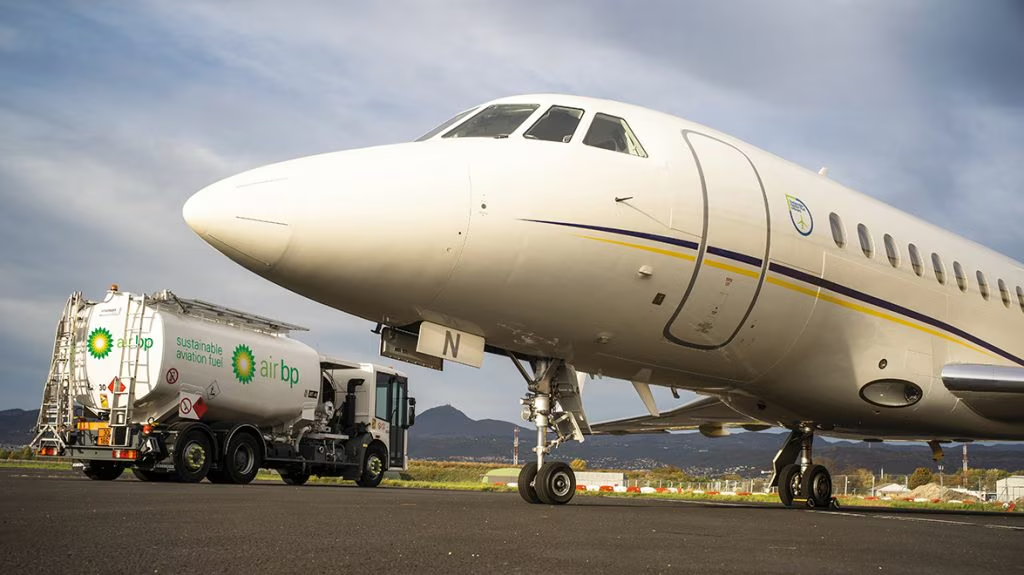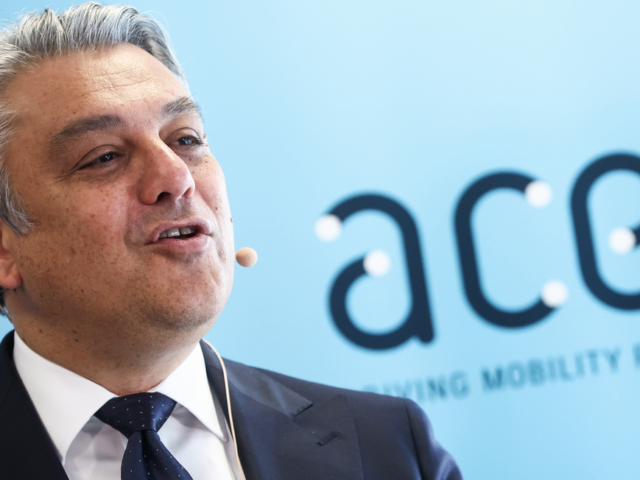The target of 5% sustainable aviation fuel (SAF) by 2030 is extremely ambitious, according to IATA, the International Airline Association.
Nevertheless, IATA remains committed to its target of net zero emissions by 2050, although its chairman, Willie Walsh, clearly states that it “is not going to promise to achieve something that does not seem possible for us.”
South America limps behind
“I believe that 5% SAF by 2030 is extremely ambitious,” said Mr. Walsh at a press conference in Dubai, where the IATA Annual General Meeting and World Air Transport Summit took place. “I think we will get there and even exceed it in some parts of the world, but when we look at where SAF is currently being produced and where investment is taking place, it is clear to us that this will not be achieved in all parts of the world.”
Walsh referred to South America, where he said no production projects were underway. For example, to achieve that 5% ambition, around 27% of all expected renewable fuel production capacity available in 2030 would need to be SAF. Currently, SAF accounts for just 3% of all renewable fuel production.
Tripling of production
According to IATA, the production of SAF will triple this year compared to 2023, to 1,9 billion liters, or 1,5 million tonnes. Despite this leap, it added that the total volumes of these products would only represent 0,53% of air-fuel requirements worldwide in 2024.
Walsh clearly stated that it was not IATA that advocated for the 5% target in 2030. “It was a government target. Of course, we will do our best to achieve it,” he nevertheless promised.
IATA also warned that the availability of these fuels “will not increase linearly” between now and 2050. It will, however, be “exponential once all these new projects have been completed.”
Looking at the future, some 140 renewable fuel projects capable of producing SAF have been announced to be in production by 2030. If all of these proceed to production as announced, total renewable fuel production capacity could reach 51 million tonnes by 2030
The fact that the number of passengers will grow significantly in the future also means that there will be more flights and, consequently, more fuel will be needed and consumed.
Creation of a special register
The aviation sector, which currently contributes some 3% of global CO2 emissions, has committed to no longer contributing to global warming by 2050. Therefore, it is counting 65% on the SAF to achieve its objective. Otherwise, it counts on new technologies, such as hydrogen aircraft, optimization of operations on the ground and in the air, and carbon offsets.
IATA wants to structure the sustainable fuel market to accelerate the adoption of SAFs. To this end, it plans to create a register that will establish a methodology for accounting for and guaranteeing emissions reductions due to the use of SAFs.
The register is expected to be operational in the first quarter of 2025. IATA is currently working on setting it up with a pilot group comprising 17 airlines, one airline group, six national authorities, three aviation manufacturers, and one fuel producer.
SAF prices can currently range between 2 to 5 times that of Commercial Aviation Fuel (CAF), depending on the technology pathway and chosen feedstock.




Comments
Ready to join the conversation?
You must be an active subscriber to leave a comment.
Subscribe Today